We have experience hosting a range of audiences, from college classes to birthday parties to company outings, and we customize our tours to meet your group’s interests and needs.
Book a private tour today
Following the Bolshevik Revolution and Russia signing a separate peace with Germany, the Allied nations launched a military intervention to try to topple the new Soviet government. A small force …
Read more
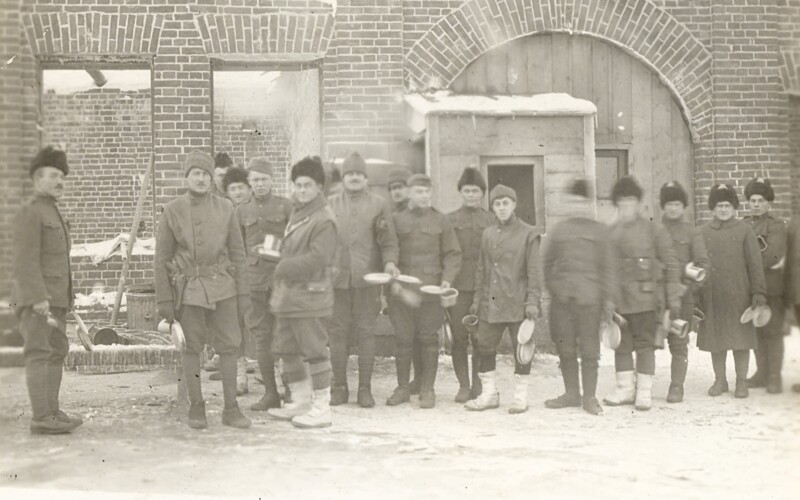
Take a virtual visit to one of the most popular sites of Open House New York Weekend, the Brooklyn Army Terminal, and join us for a live exploration of the site’s …
Read more
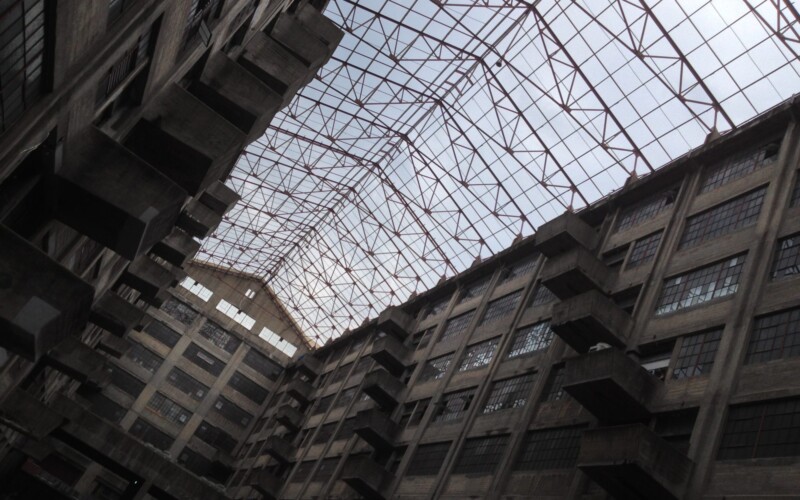
Celebrate Navy Day with a discussion of one of the least-known units of World War II, the Navy Armed Guard. Serving in the U-boat-infested waters of the Atlantic, these sailors …
Read more
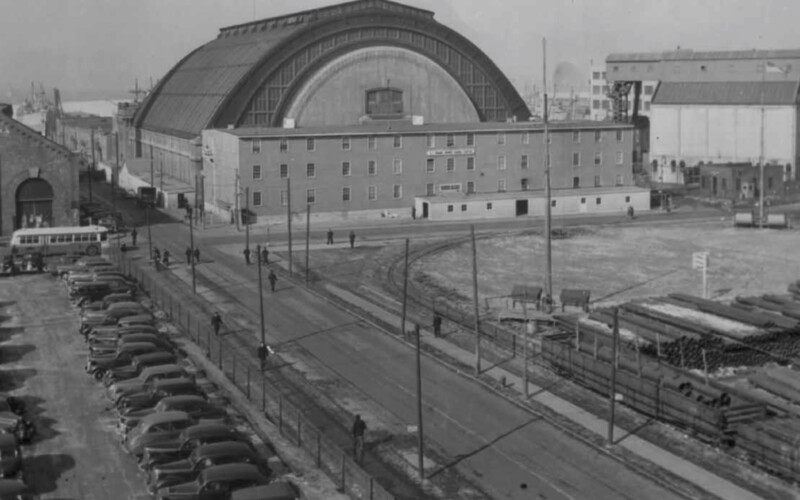
Concrete may seem like an odd material for shipbuilding, but during World War I, severe shortages of steel led to this innovation. Devised by Norwegian immigrants the Fougner brothers, they …
Read more
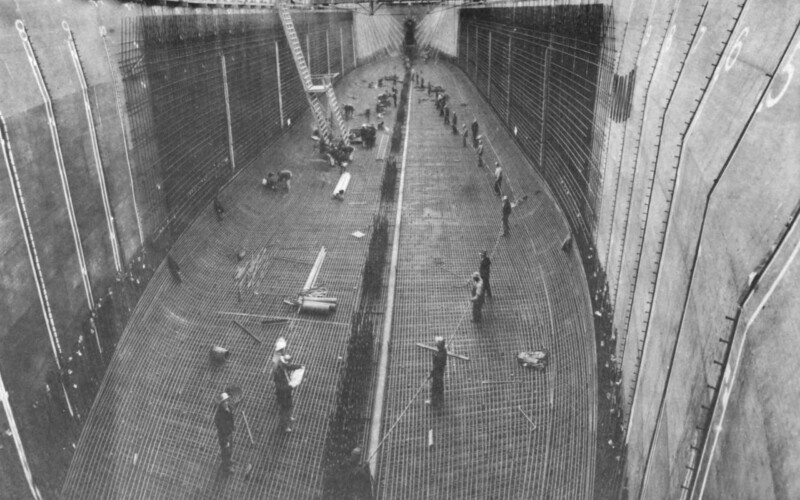
Completed in 1919, the Brooklyn Army Terminal is a marvel of architecture and engineering. On this virtual tour, we will examine its design and construction during World War I, its …
Read more

April 6 marks the 104th anniversary of America’s entry into World War I, but the impacts of this global conflict were already being felt in New York City. Starting in …
Read more
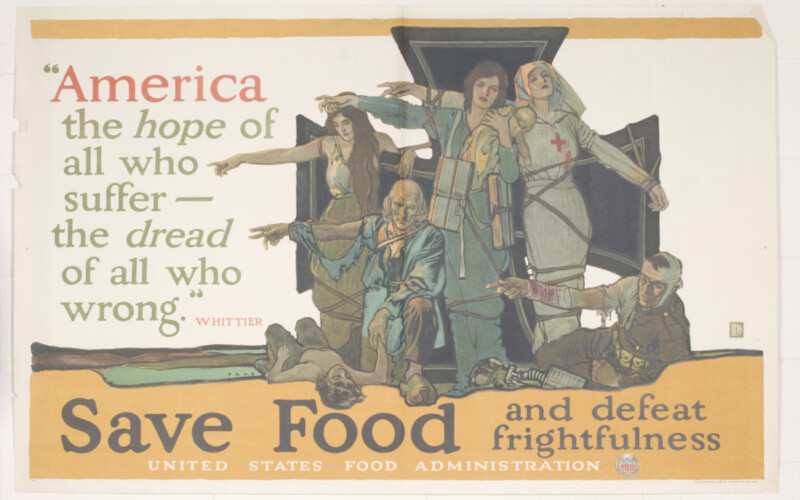
Food manufacturing has been a cornerstone of Brooklyn’s manufacturing economy for 150 years. Not only was the borough was home to some of the largest chocolate and confectionary makers in …
Read more
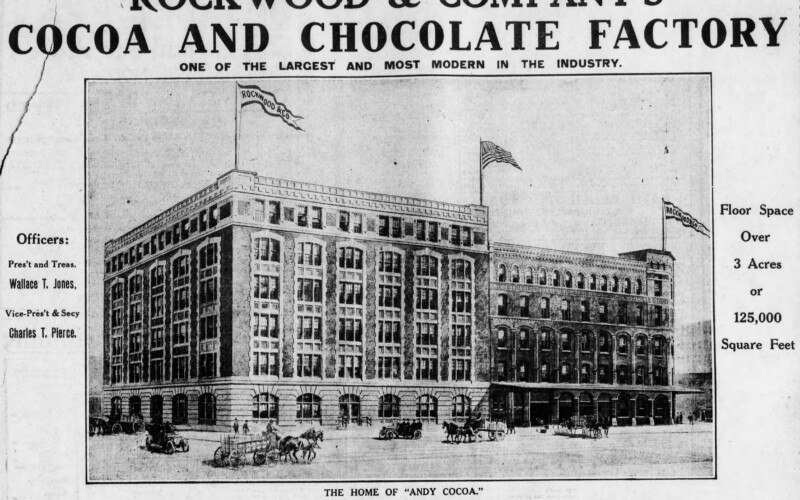
The celebrate Black History Month and the 220th birthday at the Brooklyn Navy Yard, we are looking at the obstacles and opportunities that Black people encountered at the Brooklyn Navy …
Read more
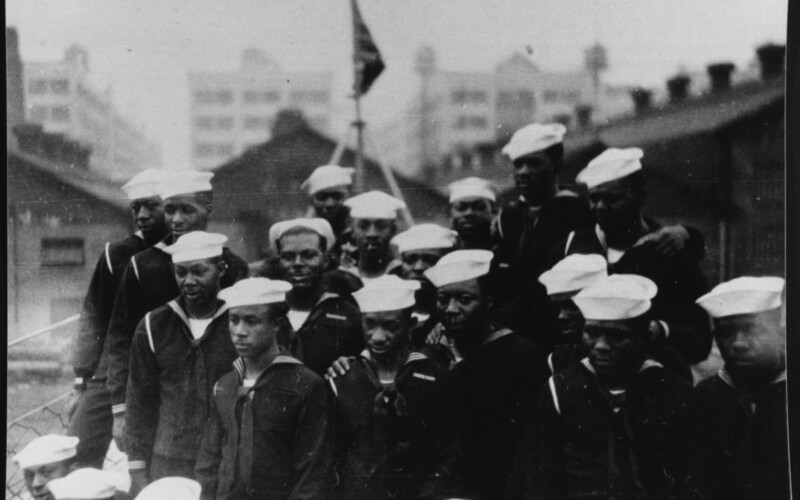
More than 2,800 Brooklynites were killed in World War I, and Prospect Park quickly became one of the borough’s key points of remembrance and commemoration. On this virtual walking tour for Veterans …
Read more
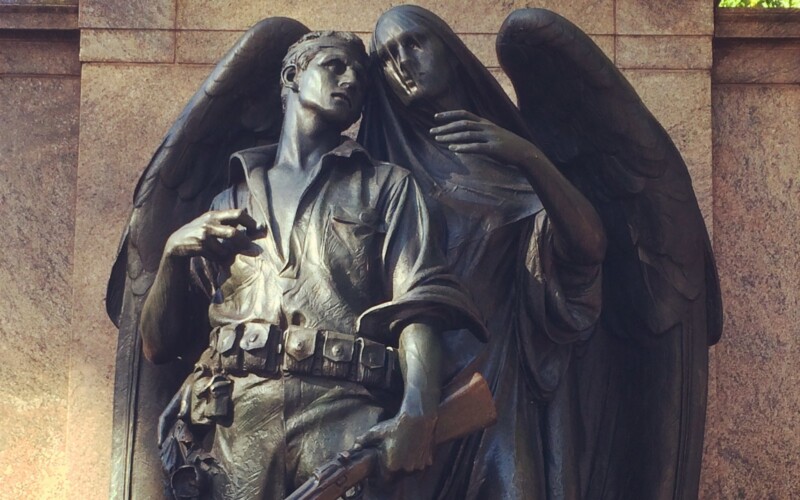
As Open House New York Weekend goes online this year, we are hosting a virtual visit to one of the most popular sites of the weekend, the Brooklyn Army Terminal, so join us …
Read more
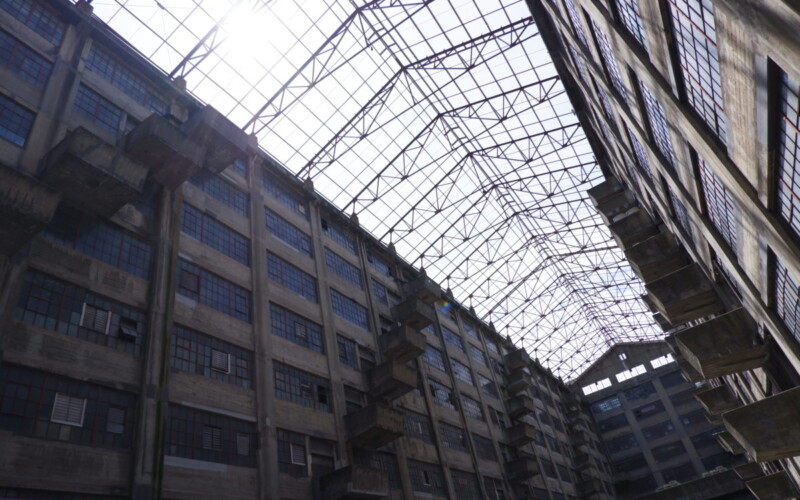
Papercraft modeling and dolls are as old as paper, but the art form exploded in the 19th century with new innovations in printing technology, and tiny French city of Épinal …
Read more
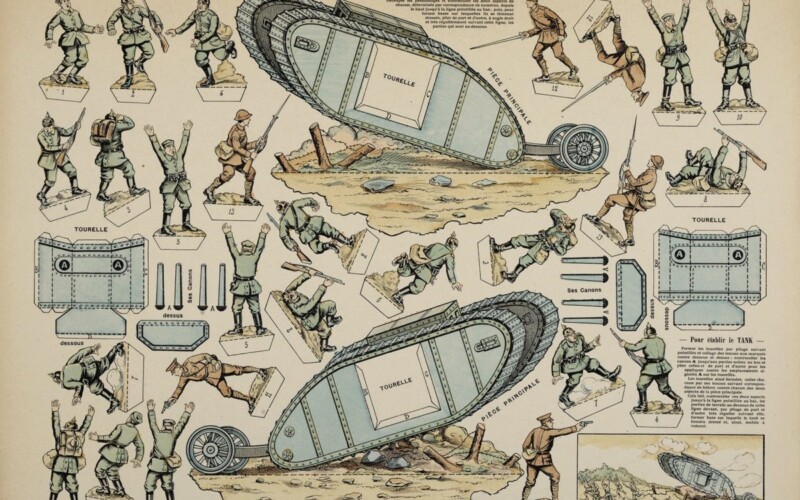
Before the celebrated images of “Rosie the Riveter” and “Winnie the Welder,” women served in a variety of roles at the Brooklyn Navy Yard, in uniform and as civilian workers. …
Read more
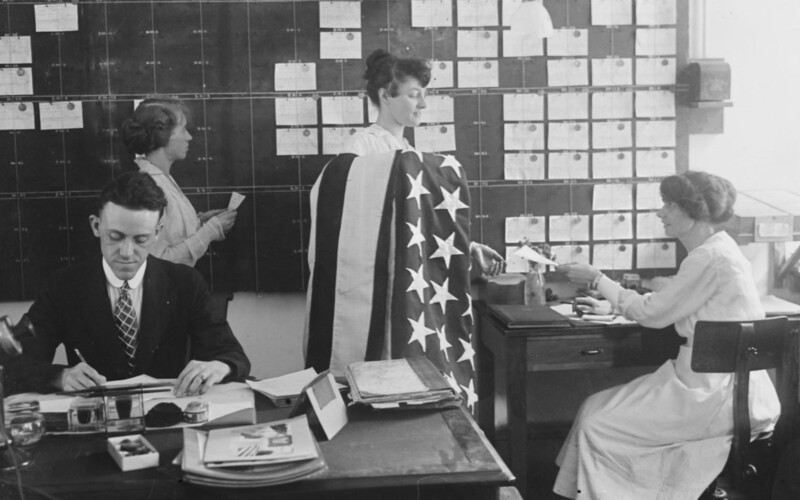
Dive into the collections of South Street Seaport Museum with Director of Collections Martina Caruso, who will share some of the highlights among the museum’s 28,000+ artifacts and 55,000+ archival materials that …
Read more
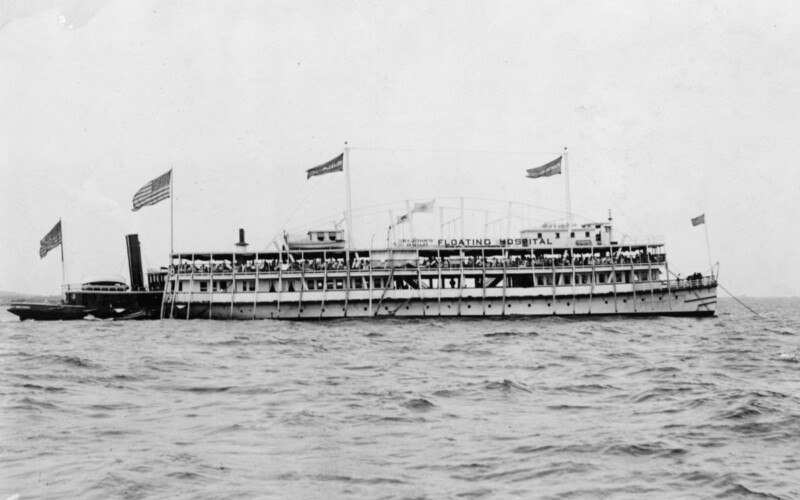
The hospital ship USNS Comfort is en route to New York City. One of just two hospital ships in the Navy fleet, it has been dispatched from Norfolk, while its …
Read more
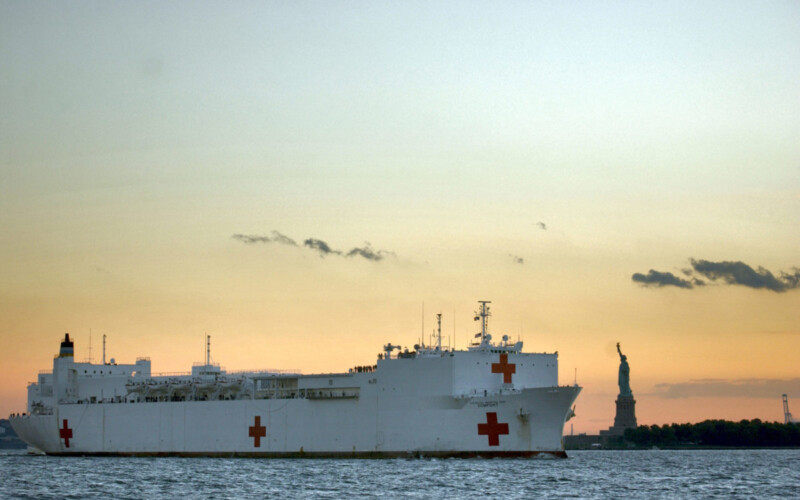
Today marks the anniversary of the launching of USS Arizona at the Brooklyn Navy Yard. We have written about the Arizona many times before, including about the impact the sinking …
Read more
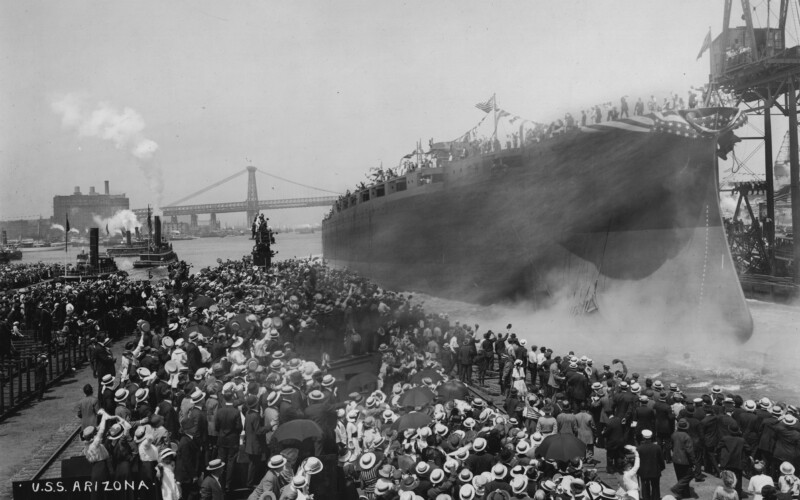
The Brooklyn Army Terminal was designed for war, a massive warehouse and port facility to receive, store, process, and ship war materiel to points around the globe. But the Terminal …
Read more
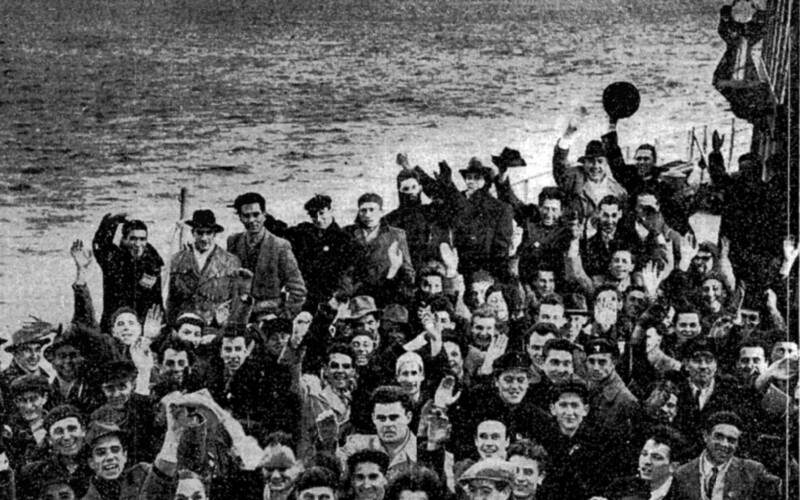
As we reflect on the deeper meaning and troubling implication of the US president describing certain foreign countries as “shitholes,” it has also opened an opportunity to think critically about how …
Read more
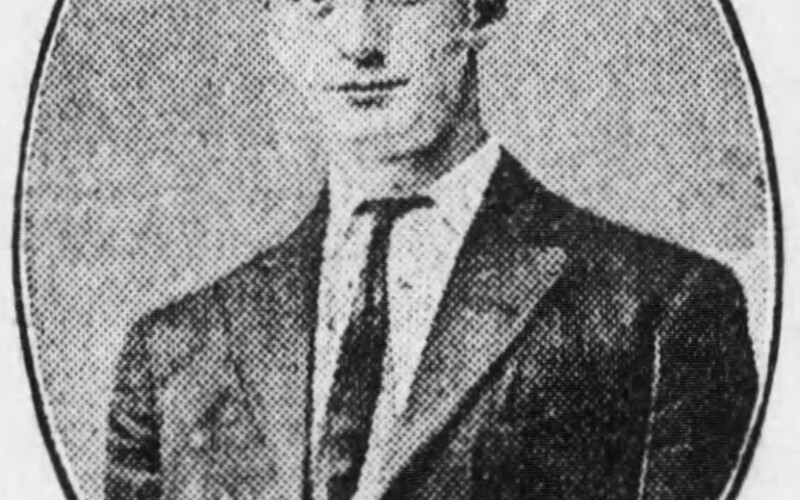
Throughout AIA NY’s Archtober – New York Architecture Month – each day has a “Building of the Day,” which is highlighted with tours and other programming. This year, three of the …
Read more
